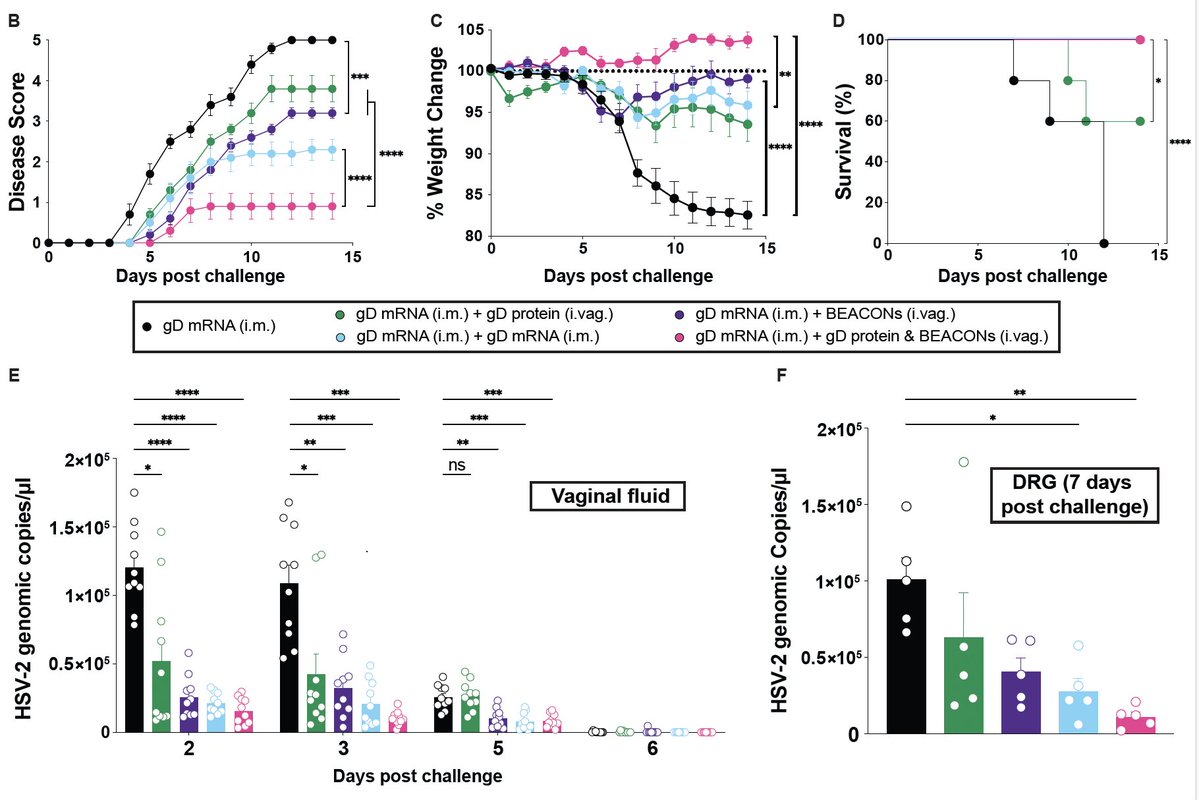I cannot believe this is happening - we are celebrating our 20th anniversary of the Iwasaki Lab (and my 50th birthday) tomorrow 🎉
With presentations from my former and current trainees from all around the 🌎 I am suuuuper excited 😁 (1/)
With presentations from my former and current trainees from all around the 🌎 I am suuuuper excited 😁 (1/)

The speaker list is just amazing 🤩 including @EllenFoxman @JennyLund15 @YosukeKumamoto @ImmunoFever Xinyan Zhao @weizmano @HShin_Lab @ericsongg Norifumi Iijima (2/)
All of this is hard to believe. The fact that my lab survived for 20 years, I was blessed with incredible trainees, such diverse people and science that supported the lab, and the next generation of scientists it fostered. Grateful does not begin to describe how I feel. (3/)
Well, but we are just getting started 😎 I feel honored and energized to continue doing science with amazing people. I want to continue to mentor more young scientists and create a better world in academia, where women and URM are truly empowered to unleash their potential. (4/)
Reunion made possible by the amazing organizing committee - @MelissaLV14 Kris Sepanek @maria_tokuyama @YYexin @jofrank1088 Will Khoury-Hanold @Myoungjoo Pat Wong @JeffGehlhausen @peowenlu @aliceluculligan @tianyangmao @annsea_park @taka_takehiro @marioph13 @carolinacas 🙏🏼 (end)
• • •
Missing some Tweet in this thread? You can try to
force a refresh












